The iPhone grew as a platform in May to 43.5 percent of the U.S. smartphone market, encroaching on Android, which shrank slightly to 52.1 percent, according to comScore research data released on Monday.
In February, Android and iPhone accounted for a respective 52.8 and 41.7 percent shares, comScore remarked. Microsoft's Windows Phone fell from 3.5 to 3 percent by May, while BlackBerry slipped from 1.8 to 1.3 percent.
Apple notably retained the top spot in terms of individual smartphone vendors, beating out Samsung, which did at least advance a tenth of a percentage point to 28.7 percent. All other major vendors lost ground — LG shrank from 8.3 to 8.2 percent, while Motorola dipped from 5.1 to 4.9 percent. HTC declined from 3.8 to 3.5 percent.
The iPhone has controlled a sizable portion of the U.S. market for years. Android gradually came to overshadow it as a platform, but mainly due to being cheaply and easily adopted by competitors, and some successful flagship products like those in the Samsung Galaxy S series.
Apple's positive performance versus Android in recent quarters has often been linked to the switch to bigger screens for the iPhone 6 and 6 Plus, which shipped in September 2014. Until then no iPhone had a screen bigger than 4 inches, even as some Android phones were approaching 5 or even 6 inches.
Two new iPhones, commonly known as the 6s and 6s Plus, could be announced as soon as next month. While retaining the same 4.7- and 5.5-inch sizes, they're expected to gain A9 processors, 2 gigabytes of RAM, and support for Apple Watch-style Force Touch controls.
 Roger Fingas
Roger Fingas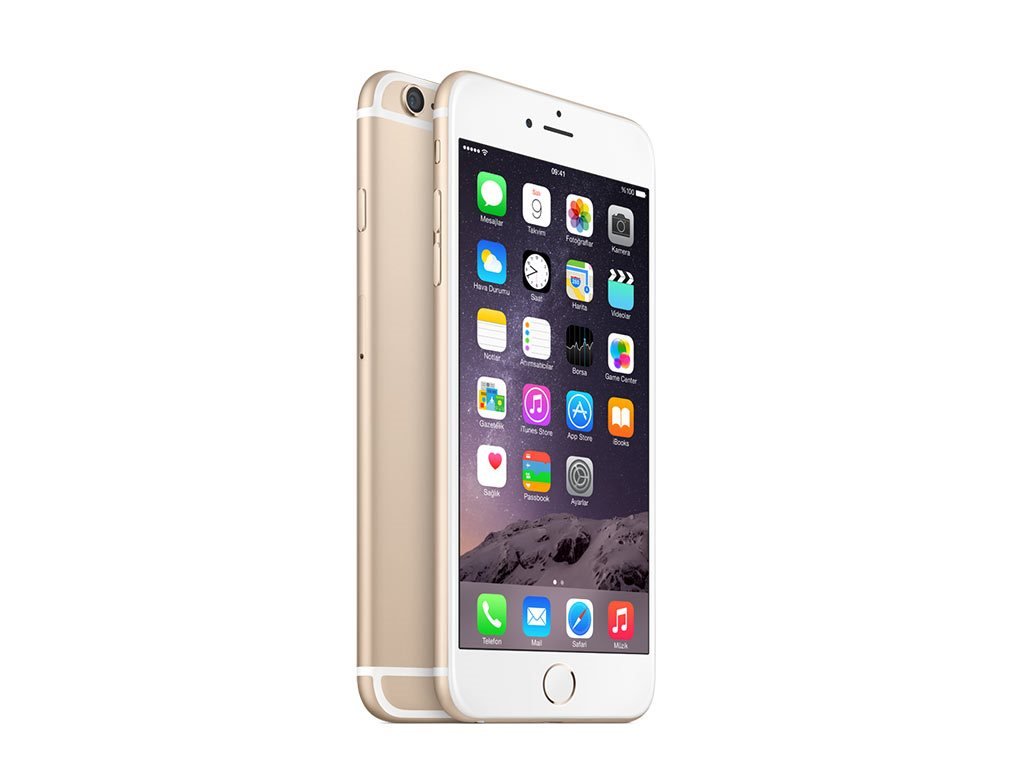

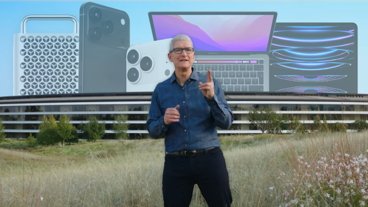


-xl-(1)-xl-xl-m.jpg)


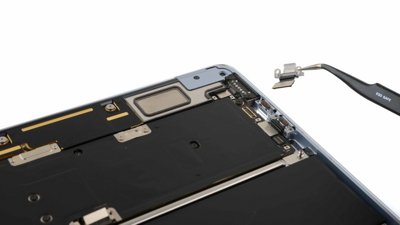
 Marko Zivkovic
Marko Zivkovic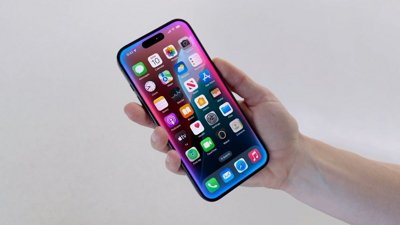
 Amber Neely
Amber Neely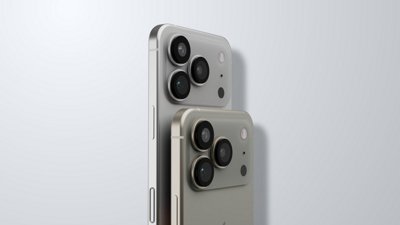
 William Gallagher
William Gallagher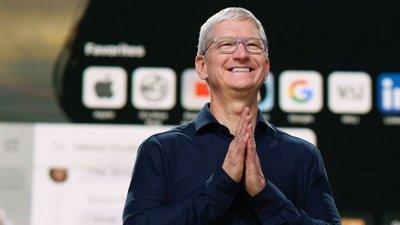

 Sponsored Content
Sponsored Content

 Malcolm Owen
Malcolm Owen
 Mike Wuerthele
Mike Wuerthele







46 Comments
comScore, Canalsys, Strategy Analytics, IDC, Forrester.... Wow. I wonder how people who subscribe to all of these guys survive the cognitive dissonance of junk, sometimes contradictory, often seemingly pulled-out-of-thin-air (since nowhere do they describe data collection methodologies) data.
comScore, Canalsys, Strategy Analytics, IDC, Forrester....
Wow. I wonder how people who subscribe to all of these guys survive the cognitive dissonance of junk, sometimes contradictory, often seemingly pulled-out-of-thin-air (since nowhere do they describe data collection methodologies) data.
And anyway, market share is meaningless.
Profitability is the most important metric.
[quote name="SockRolid" url="/t/187468/iphone-gains-us-platform-share-at-expense-of-android-windows-blackberry#post_2756260"] And anyway, market share is meaningless. Profitability is the most important metric. [/quote] Certainly far less important than profitability (cash flows) for stock price, but not 'meaningless' by any stretch of the imagination.
[quote name="anantksundaram" url="/t/187468/iphone-gains-us-platform-share-at-expense-of-android-windows-blackberry#post_2756262"] Certainly far less important than profitability (cash flows) for stock price, but not 'meaningless' by any stretch of the imagination.[/quote] Market share is meaningful only when it confers some advantage not attainable otherwise. This could be economies of scale in manufacturing costs, visibility to consumers, ecosystem lock-in, greater profits, etc. But Android gains no appreciable advantage from selling many more smartphones at the low-end of the market versus Apple. Apple sells sufficient numbers of its phones to achieve enormous clout and economies of scale and associated price discounts in the manufacture of its products. Apple is arguably more visible to consumers than Android in its position as the more desirable brand, so again, no market share advantage for Android. And the amounts of money earned by developers in the Apple ecosystem causes most developers to develop for iOS first, so no market share advantage to Android there either. Since Apple’s iPhone earns the majority of profits in the smartphone industry, with far less market share, even this metric doesn’t support an argument that market share has any meaning with respect to Apple’s position in this market.
You did realize you are looking at the report that came out July 2nd. The report that ends with the month of June will be out Friday I think.